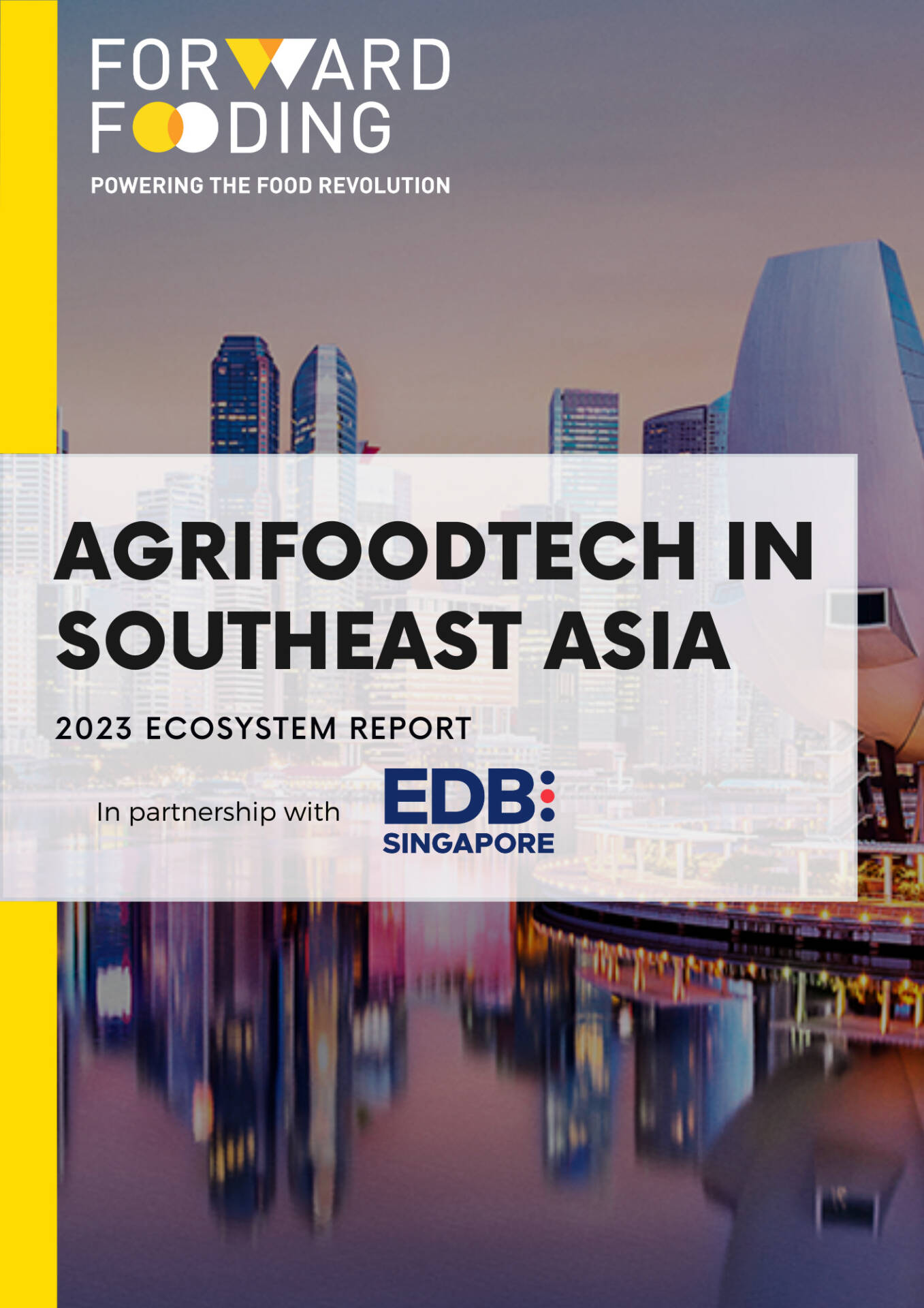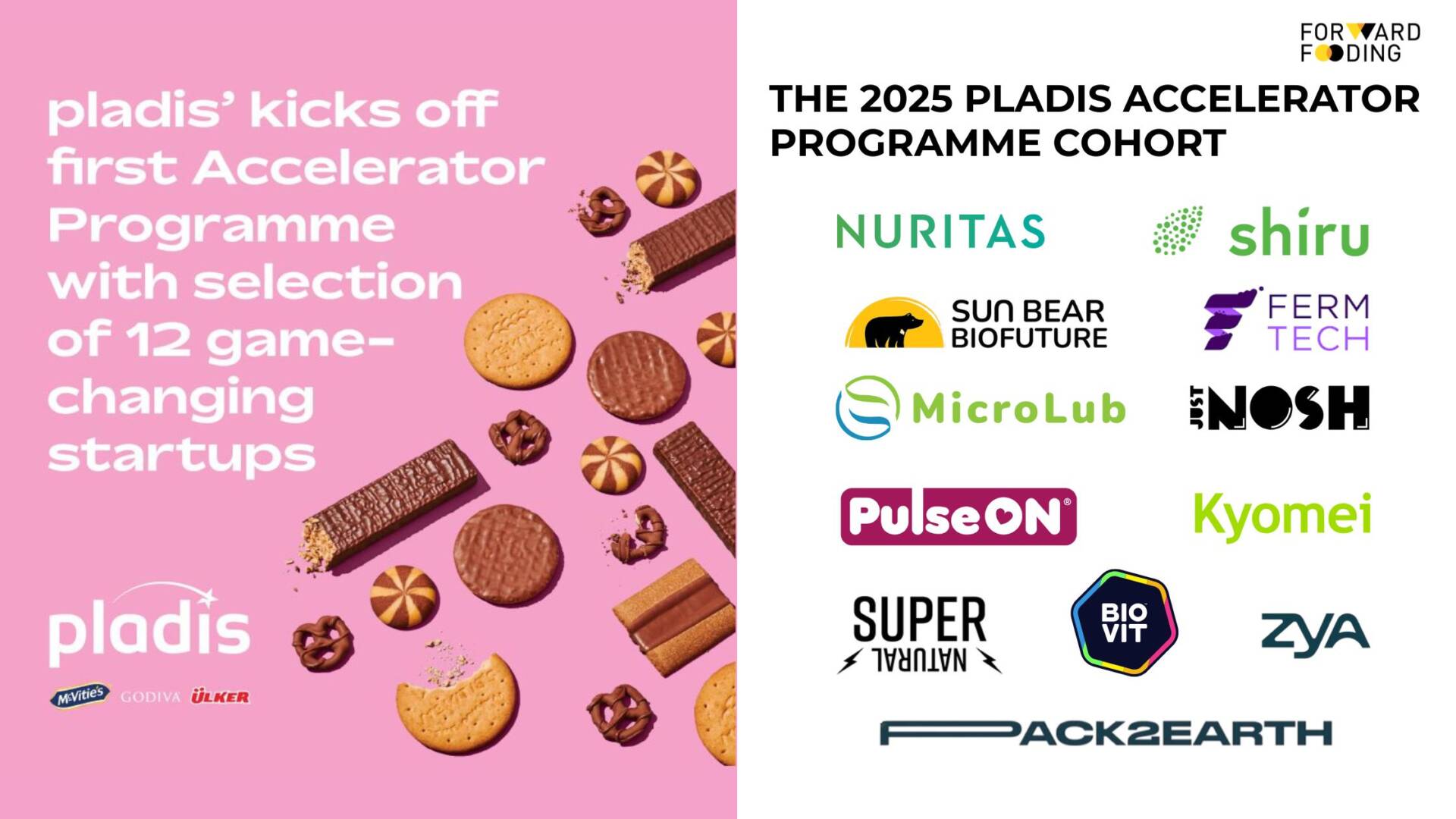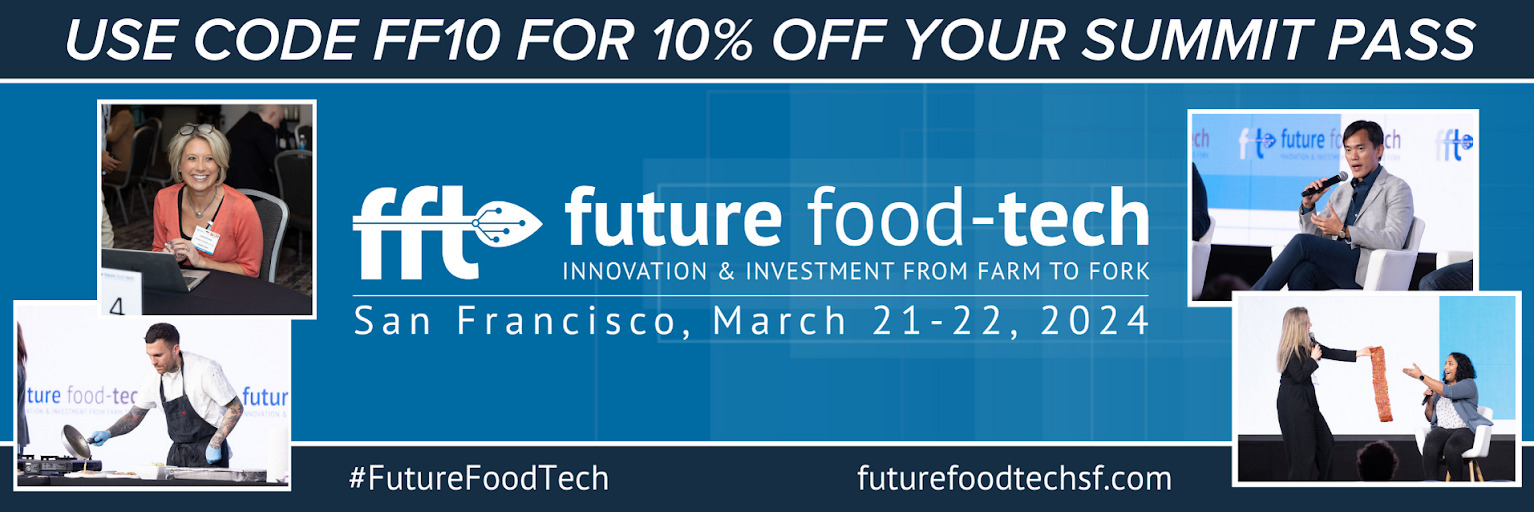FORWARD FOODING
THE BLOG
Meal Kits: The Global Market

Meal kits – the halfway house between takeaway and supermarket shopping. Whilst the industry was growing in popularity over the past few years, the unexpected introduction of lockdown measures has seen the demand for meal kits skyrocket. Valued at USD 7.60 billion in 2019 (Grand View Research), the meal kit delivery service market is expected to reach USD 19.92 billion by 2027, expanding at a compound annual growth rate of almost 13%. So what’s the history of the meal kit market, and do these forecasts accurately reflect the industry’s trajectory?

A Perfect Solution?
The popularity of meal kits can be simplified down to one word: convenience. Originating in Sweden around 2007, the rapid expansion of meal kits into the US market suggests that meal kits offer a perfect solution to consumer frustrations. According to a recent Peapod survey, 77% of consumers stated that they would prefer a home-cooked meal over a takeaway or dinner at a restaurant, and 43% said they plan to cook more next year. However, in the same breath, Yoon found that only 10% of consumers actually enjoyed preparing a meal, with more people preferring to clean their bathroom than clean up after cooking. Meal kits, which provide a compromise between the labour of home cooking and the expense of eating out, seem an obvious solution.
The reality, however, is far from the idealised world of widespread meal kit usage. Even before coronavirus, the conversion rate of those trying meal kits was incredibly low – the Wall Street Journal reported that less than 10% of meal kit users in the U.S. were still using the service after two years, and similarly a Morning Consult survey found that just 6% of European customers were still subscribed to meal kit services after 3 months. Even HelloFresh`, one of the largest names in the world of meal kits, experienced a loss in 2019. So what’s the catch?
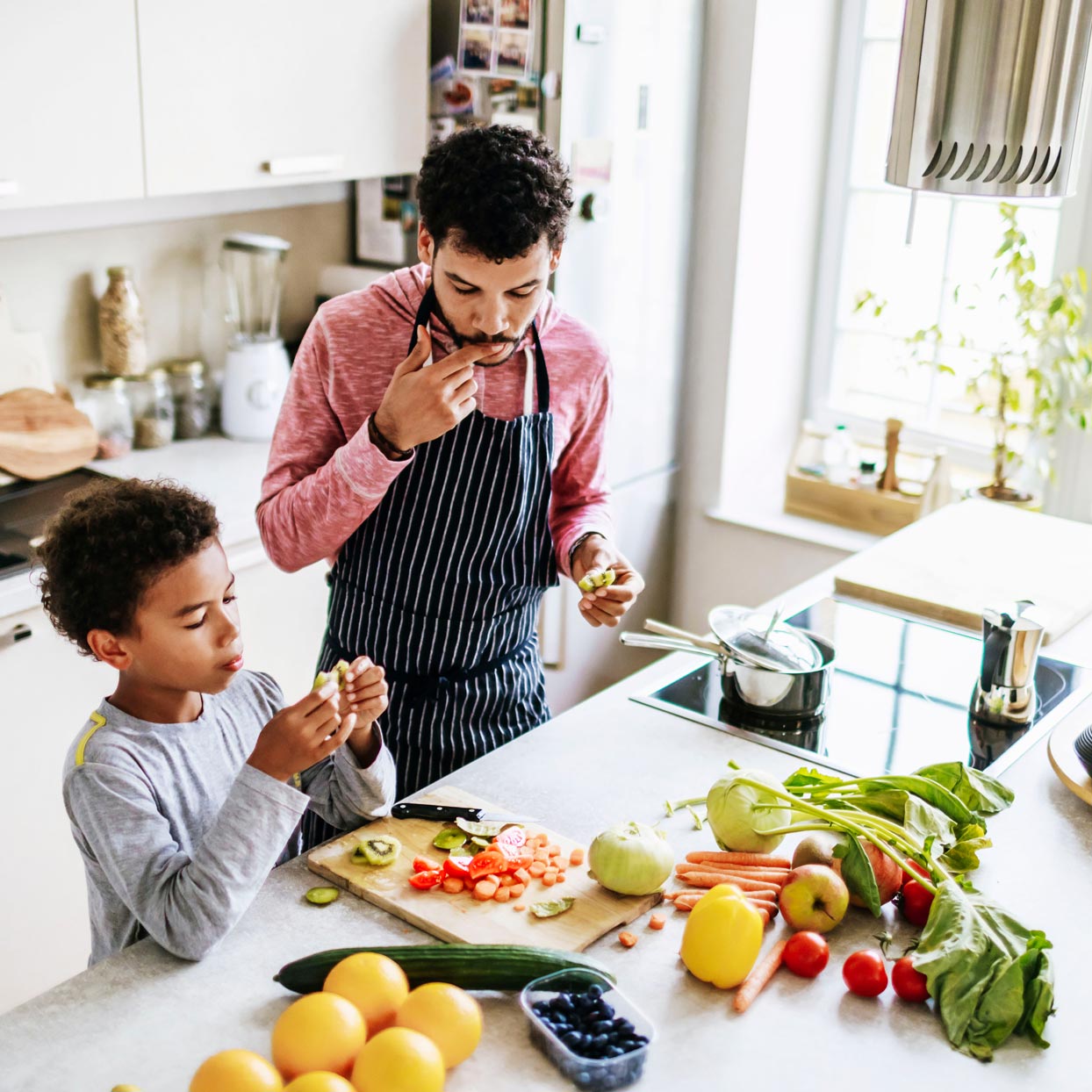
The Reality of the Meal Kit Industry
Whilst they may seem to solve the conundrums of home cooks, in reality, the ease of meal preparation fails to offset the number of issues associated with the service. When surveying those who canceled their subscription to Blue Apron, 49% cited the extraordinary costs associated with the service as the reason for termination. Similarly, even amongst those who had not tried meal kits, 59% stated that they would be hesitant to join due to the initial fees. Also come under attack due to what Dirt Candy chef Amanda Cohen argues are the ‘enormous amounts of paper and plastic waste’ which accompany each box. While Time magazine reports that grocery store meals produce 33% more greenhouse gas emissions than a meal kit meal, this system-level view seems difficult to achieve when on a consumer level, each box comes with items individually wrapped in plastic packaging.

Coronavirus – Making Meal Kits Great Again
The impact of COVID-19 is undeniable, but potentially nowhere more so than in the food industry. From empty supermarkets to over 26,000 closed restaurants, dining for enjoyment seems a thing of the past. Even trips to buy groceries, once a menial task, are now filling consumers with ‘coronavirus shopping anxiety’. It is in light of these conditions that the ease of meal kits has become a saving grace for millions of households. HelloFresh had over 1.3 million new customers in the first few months of lockdown, and Home Chef saw their consumer base triple over the same period (Wall Street Journal). Fundamentally, it have allowed food to be enjoyable again, creating restaurant level quality from the safety of your home.

A Passing Phase for Meal Kits
Whilst current figures place it as a staple in the dinner scape of the future, how much longevity does the industry have? Whilst their popularity in light of the social conditions created by coronavirus posit them as the ultimate meal solution, the re-opening of restaurants and return to normality puts this position at risk. HelloFresh shares dropped by 6% in May after the news circulated the possibility of a COVID-19 vaccine, and Blue Apron, even with the recent gains, has still only reached just over $10 per share (Wall Street Journal). Similarly, the ease of lockdown measures and re-opening of restaurants further decreases the need for the ease meal kit services offer.
Conclusion
Ultimately, the meal kit model is not one of longevity. Consumers use the meals as a home cooking lesson, bagging the recipe card that accompanies each meal and buying the ingredients themselves when they fancy creating the dish again. As stated by experts, the meal kit industry needs to innovate in order to become fresh and exciting once again. Whilst the global pandemic has injected a new interest in the world of meal kits, to sustain the longevity of this increased attention, companies need to fundamentally rethink the existing model.
–
The FoodTech Data Navigator is the world’s first AgriFoodTech data intelligence platform. It brings together the latest information about over 5000 AgriFood Tech actors in one place. So you can quickly and easily keep on top of the latest innovations, spot emerging startups and explore potential collaborations.
Want to better understand the full ecosystem? Book a free demo
Want your company to be featured? Apply here
Follow us
Sponsored Articles
9 July 2025
Forward Fooding celebrates the selection of 12 pioneering startups for the inaugural pladis Accelerator Programme. From water lily popcorn to sugar-converting enzymes, these innovations represent the future of snacking, addressing obesity, sustainability, and personalized nutrition through cutting-edge food technology.
21 March 2025
Tim Ingmire, VP of Global Innovation & Technology at pladis, discusses how the snacking giant is supporting early-stage startups in foodtech, health, and sustainability through their accelerator program. Learn about their focus on personalized nutrition, functional foods, and future ingredients to bring innovative, delicious products to consumers worldwide.
8 February 2024
Future Food-Tech returns to San Francisco on March 21-22 Over 1,700 food-tech leaders, from CPG brands, retailers, ingredient providers, [...]
1 February 2023
The 4th edition of FoodTech 500 is taking off and we are excited to partner with NEOM for the third consecutive year to support the best international AgriFoodTech entrepreneurs.
10 February 2022
One of the elements we enjoy the most here at Forward Fooding about working with AgriFoodTech startups is being [...]
